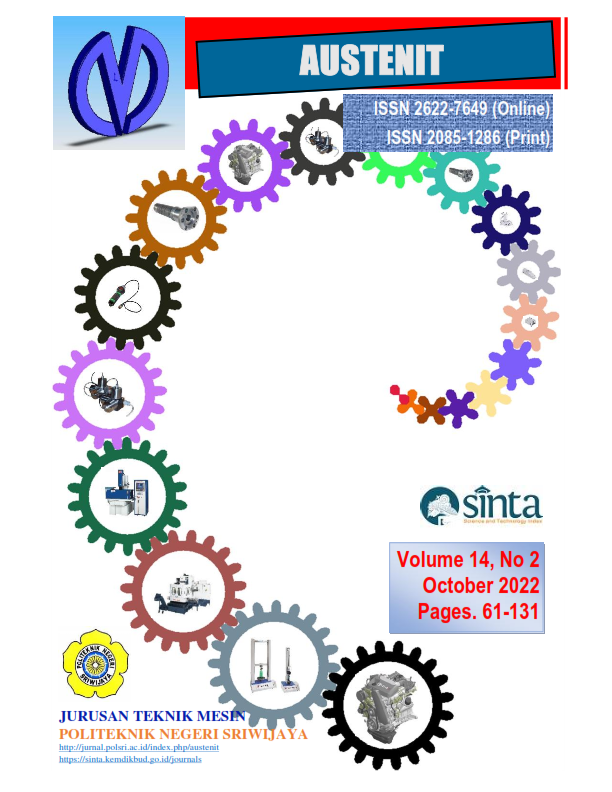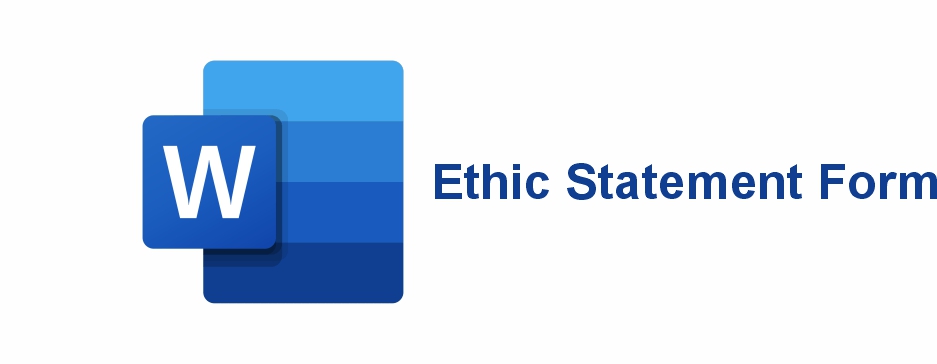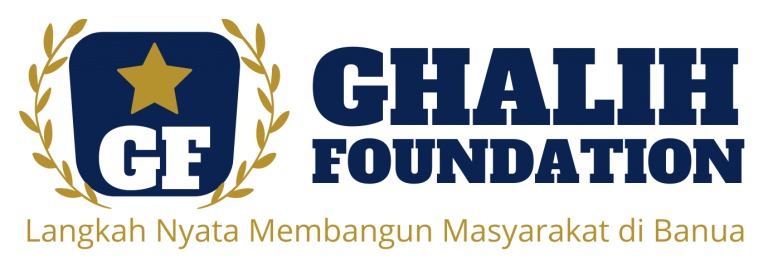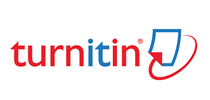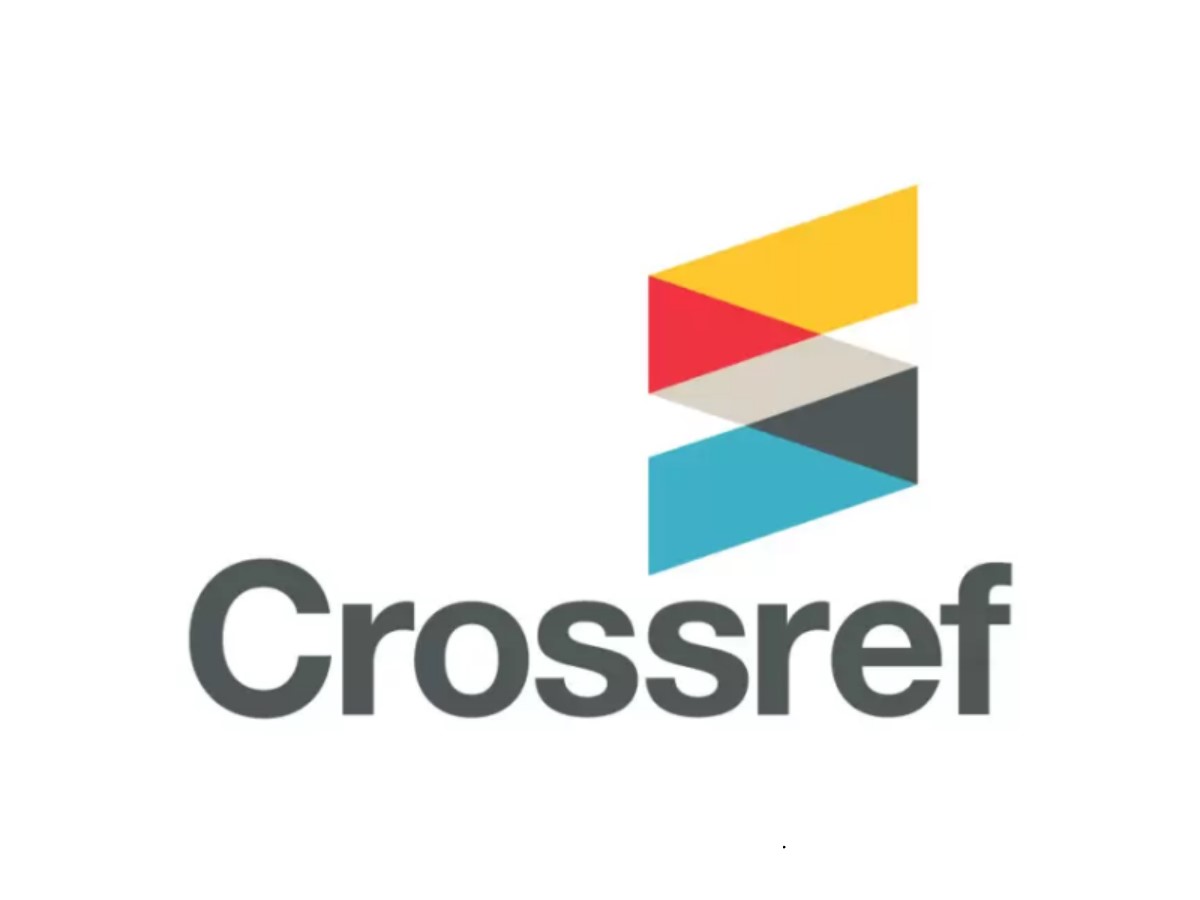DESIGN OF AUTOCLAVE FOR FRESH SHRIMP STERILIZATON PROCESS USING FINITE ELEMENT ANALYSIS
DOI:
https://doi.org/10.53893/austenit.v14i2.5676Keywords:
Chloramphenicol, carbon dioxide (CO2), fresh shrimp, autoclave, designAbstract
Chloramphenicol is one of antibiotic compound which is an additional ingredient that is forbidden to be used in food products, especially in fresh shrimp product export. To avoid the used of preservative, then required sterilization process in a physical way which is vaporization using a high-pressure supercritical carbon dioxide (CO2). One of sterilization process for supercritical carbon dioxide is using autoclave media. Autoclave is a closed heating device used to sterilize or reducing a substance or object that is disserve by using high temperature and high pressure steam. In designing and constructing autoclave, the first step to be done is to define the function and the operation capacity. The function and capacity will determine the initial dimension of autoclave as well its working pressure and temperature. In this study, the autoclave was designed with quantitative methods and modeling using software Autodesk inventor 2016 based on finite element method. The given load is in the form of supercritical carbon dioxide pressure of 73.83bar and temperature of 31.30C. Based on the result of design, quantitative methods gives the safe result and optimized thickness needed autoclave usage.
Downloads
References
Ball E. B. (2002). Casti guidebook to ASME section VIII div. 1: Pressure vessel (3th ed.). Canada: CASTI, Publishing Inc. https://openlibrary.org/books/OL12219710M/CASTI_Guidebook_to_ASME_Section_VIII_Div._1?edition.
Chattopadhyay, Somnath. (2005). Pressure vessel design and practice. London: CRC Press. https://doi.org/10.1201/9780203492468.
Cook, R. D. (1981). Concept and applications of finite element analysis (2nd ed.). New York: John Willey & Sons, Inc. https://doi.org/10.1002/nme.1620171214.
Kutz, Myer. (1998). Mechanical engineering handbook (2nd ed.). Canada: John Wiley & Son, Inc. https://doi.org/10.1002/0471777463.
Logan, D. L. 2007. A first course in the finite element method. Northwestern University, USA. https://doi.org/10.1002/9780470510858.
Megyesy, Eugene F. (2008). Pressure vessel handbook (14th ed.). Oklahoma: PV Publishing Inc. https://www.worldcat.org/title/353690621.
Moss, D., & Michael Basic. (2013). Pressure vessel design manual (4th ed.). Waltham, USA: Elsevier, Inc. https://doi.org/10.1016/B978-075067740-0/50002-0.
Oyawale, Festus & Olaoye, A.E. (2007). Design and construction of an autoclave. Department of industrial and production engineering, University of Ibadan, Nigeria. Pacific Journal of Science and Technology. 8(2):224-230. https://www.researchgate.net/publication/242234753_Design_and_Construction_of_an_Autoclave.
Praspa, Sandi. (2010). Analisis hasil perencanaan ulang bejana tekan jenis separator 3-phase pada kilang onshore. UPN Veteran, Jakarta. http://library.upnvj.ac.id/index.php?p=show_detail&id=5340.
Pratama. Filli, & Kiki Yuliati. (2013). Pencucian udang segar yang mengandung cloramphenicol dengan menggunakan karbon dioksida fasa superkritis, Patent. Universitas Sriwijaya, Palembang. https://scholar.google.com/scholar?cluster=7543260952500662368&hl=en&oi=scholarr.
Saputra, Daniel, Filli Pratama, & Kiki Yuliati. (2004). Alat Pencuci Produk Perikanan, Patent. Univeritas Sriwijaya, Palembang.
Setiadi, Riany Chandra. (2005). Analisa tegangan pada pressure vessel horizontal dengan menggunakan metode elemen hingga. Universitas Kristen Petra, Surabaya. https://dewey.petra.ac.id/catalog/digital/detail?id=6448.
Shigley, J. E., & C. R. Mischke. (1996). Standard handbook of machine design (2nd ed.). New York: McGraw-Hill. https://doi.org/10.1016/S0261-3069(97)86624-1.
Zubaidi, Abu Bakar. (2013). Analisis perancangan bejana tekan (shell thickness, nozzle neck) pada shell and tube heat type exchanger. Universitas Jember, JawaTimur. http://repository.unej.ac.id/handle/123456789/12024
Downloads
Published
How to Cite
Issue
Section
License
Copyright (c) 2022 Authors and Publisher

This work is licensed under a Creative Commons Attribution-ShareAlike 4.0 International License.
The Authors submitting a manuscript do so on the understanding that if accepted for publication, Authors retain copyright and grant the AUSTENIT right of first publication with the work simultaneously licensed under a Creative Commons Attribution-ShareAlike License that allows others to share the work with an acknowledgment of the work's authorship and initial publication in this journal.
AUSTENIT, the Editors and the Advisory International Editorial Board make every effort to ensure that no wrong or misleading data, opinions or statements be published in the journal. In any way, the contents of the articles and advertisements published in AUSTENIT are the sole responsibility of their respective authors and advertisers.

